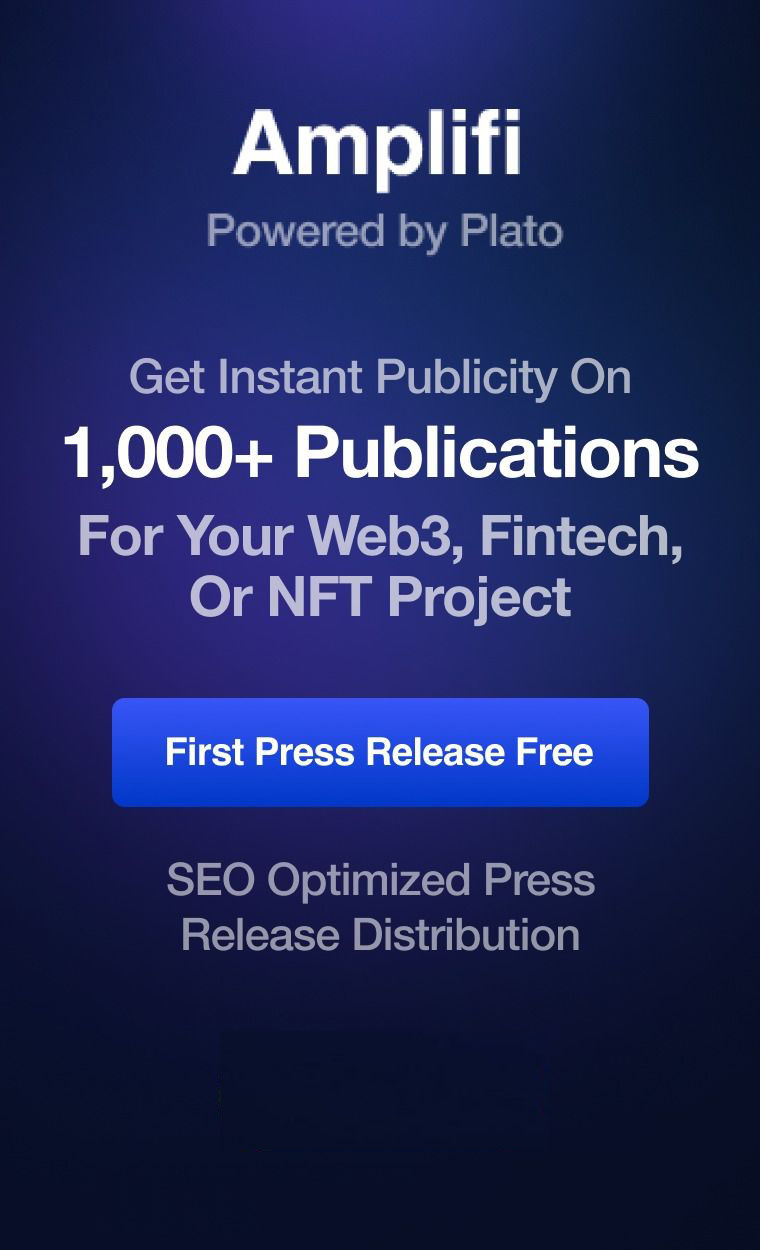What’s a SaaS solution’s value chain? It’s simple, it’s all the parts of your offering that link up in order to turn customer income at one end into a solution the customer values at the other.
In this post I’m explaining which half of the chain causes most SaaS companies to fail, and revealing what you can do about it.
The SaaS Value Chain Broken Down
The SaaS value chain can be broken down into two sub-chains: the supply chain and the demand chain.
Each of these chains can then be sub-divided into three high-level organisations we all know:
- Supply chain: purchasing, research & development, distribution
- Demand chain: marketing, sales, customer service/success

The Supply Chain
The supply chain is responsible for turning raw materials (your software, software integrated from other companies, electricity, servers, and similar) into a complete software solution. This involves a purchasing department who buys raw materials, a research & development (engineering) department that builds the software and finally a distribution department that makes sure the software is available.
A distribution department within a SaaS company will usually carry a different name, but it’s whichever team is responsible for ensuring software is stable, fast and accessible 24/7 worldwide. It’s likely they will work closely with the R&D team.
The Demand Chain
The demand chain is responsible for generating awareness of the solution the supply chain has built, turning that awareness into customers, then servicing those customers.
This involves a marketing department that builds demand for the product; a sales department who is responsible for negotiating with buyers and closing deals; then finally a customer service/success department whose goal is to make sure customers are happy, renewing, and upgrading.
When The Chain Breaks
If any element of the SaaS value chain is broken, business grinds to a halt. For example, on the supply side: if purchasing cannot negotiate contracts for all the software the R&D team need, they cannot build a product. If the R&D team aren’t great engineers, they’ll never build a product people will buy. If the distribution team is no good, then the software will be unreliable, and customers will churn very quickly.
The same holds true on the demand side: if marketing can’t build demand for the product in the market place, then sales will have no leads to close into customers. If the sales team are no good, then they won’t be able to close any of the buyers the marketing team attract. Finally, if customer service is bad, then new customers won’t renew.
These are all revenue killers.
It’s therefore fundamental that all the links in the value chain are optimised to their fullest potential. No part of the chain can be allowed to underperform, because the knock-on effects damage the entire company.
Excellent Supply, Poor Demand
When it comes to SaaS, it’s usually the case that company founders are technology and product focused. We often hear the story of a couple of software developers working in a garage to build the first version of their product.
But while SaaS companies often build excellent products, turning all elements of the supply chain into measurable processes which can be iteratively improved, they fail to apply the same rigor to the demand side.
These issues are then compounded by a massive culture issue faced by the business world at large.
The business community very much thinks of the supply side of the value chain in terms of a science. Everything can be measured, from lines of code produced per year by developers through to server uptime, or even discount rates achieved by the purchasing department.
By comparison, many companies fail to apply scientific thinking to the demand side. Many organisations still think of sales, marketing and even customer service as an art, where the best in the field are portrayed as artists, geniuses or rock stars. Think of Mad Men’s Don Draper, the advertising expert who could come up with brilliant messages to sell any product; or The Wolf of Wall Street’s Jordan Belfort, the ruthless salesman who could sell a pink sheet stock to anyone.
This is subconsciously reflected in the business world. We think that top sales people are these super talented, rare people with a “gift”, and therefore frequently fail to enforce and optimise good sales processes, due to fear of stopping sales reps from selling in their “preferred way”.
We think that brilliant marketers have a special way with words and imagery, and that it’s their job to come up with the next Silver Bullet campaign that’ll make the product a success, and therefore don’t apply process to marketing teams, either. We worry we’ll stifle their creativity.
Exactly the same happens in Customer Service. We seek out a “people’s person” when hiring support personnel, and hope they’ll be able to solve any problem thrown their way with minimal process (although more progress is often made here than in Sales & Marketing).
This all results in a breakdown of performance, and a huge loss in value.
If you want to make your SaaS company successful, it’s time to start thinking about how you can take the scientific principles you apply on the supply side of the value chain, to the demand side:
- Start using marketing automation software like HubSpot Marketing Hub, and track every marketing campaign down to the revenue generated. You can then begin to link marketer’s income to revenue contribution, much like the sales team.
- Implement a CRM system like HubSpot Sales, and invest in developing a formalised sales process that your sales reps must follow; then monitor revenue performance to optimise the process over time.
- Use customer service software like HubSpot Service Hub, develop support processes and monitor churn over time. Iterate and innovate, scientifically.
It’s only through process and a level of scientific rigour that your SaaS company can achieve its best. So long as we keep viewing the demand chain as an art, huge amounts of revenue will be left on the table.
Process (done right) doesn’t have to eliminate creativity, either. It simply creates boundaries the best marketers, sales reps and customer service personnel can be creative within, and ensures that what works is scaled out across the entire organisation.
Source: https://www.cobloom.com/blog/what-is-the-saas-value-chain



